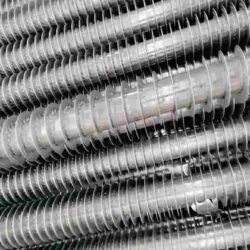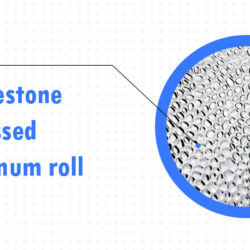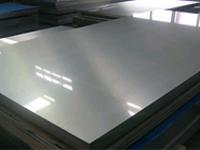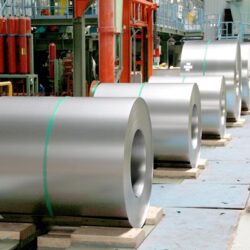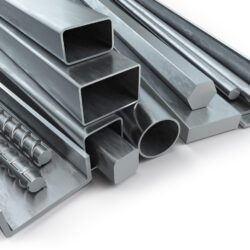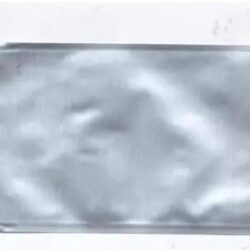Steel is a uniquely versatile combination (alloy) of iron and carbon. The iron atoms can organize themselves in several different three-dimensional geometric arrangements (called lattice structures). The carbon atoms can occupy several different locations between the iron atoms. Different heating and cooling paths result in different arrangements of the iron and carbon atoms. Adding other chemical elements changes the mechanical properties of the steel and its response to heat treatment.
A “Steel Grade” is a defined chemistry that has been made and processed in a particular way. (A “Standard” specifies away of doing something. It might be a test method, a packaging method, or a delivery protocol.)
ASTM Grades meet the exacting standards for specific grades of steel developed by the American Society for Testing and Materials. The standards include mechanical properties and steel chemistries and specify the testing methods to be used. For some grades, additional steelmaking and thermal processing is also specified. You can be confident that these steel plates will meet your customer’s expectations.
Other organizations in other countries have specifications that use different letter and number combinations for the same or similar steel chemistries (SAE, EN, DIN, JIS, etc.).
Rely on Steel Warehouse to provide quality, steel grades & standards at competitive prices.
Steel is a combination of iron and carbon, but did you know there are more than 3,500 different grades of steel? A steel’s grade is determined by the amount of carbon, what other alloys it contains, and the way it has been processed
THE FOUR TYPES OF STEEL
Steel is graded as a way of classification and is often categorized into four groups—Carbon, Alloy, Stainless, and Tool.
Carbon Steels only contain trace amounts of elements besides carbon and iron. This group is the most common, accounting for 90% of steel production. Carbon Steel is divided into three subgroups depending on the amount of carbon in the metal: Low Carbon Steels/Mild Steels (up to 0.3% carbon), Medium Carbon Steels (0.3–0.6% carbon), and High Carbon Steels (more than 0.6% carbon).
Alloy Steels contain alloying elements like nickel, copper, chromium, and/or aluminum. These additional elements are used to influence the metal’s strength, ductility, corrosion resistance, and machinability.
Stainless Steels contain 10–20% chromium as their alloying element and are valued for their high corrosion resistance. These steels are commonly used in medical equipment, piping, cutting tools, and food processing equipment.
Tool Steels make excellent cutting and drilling equipment as they contain tungsten, molybdenum, cobalt, and vanadium to increase heat resistance and durability.
